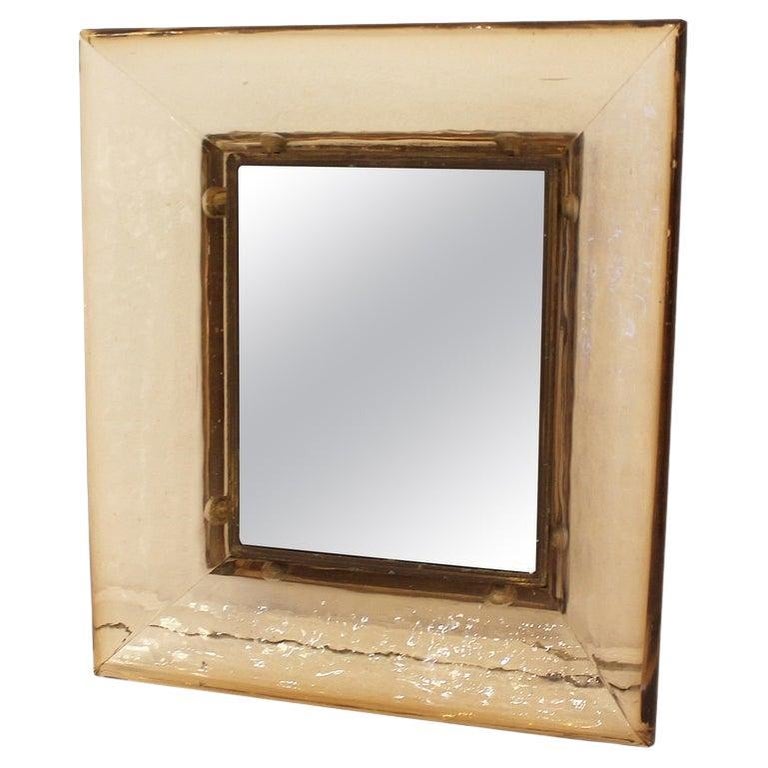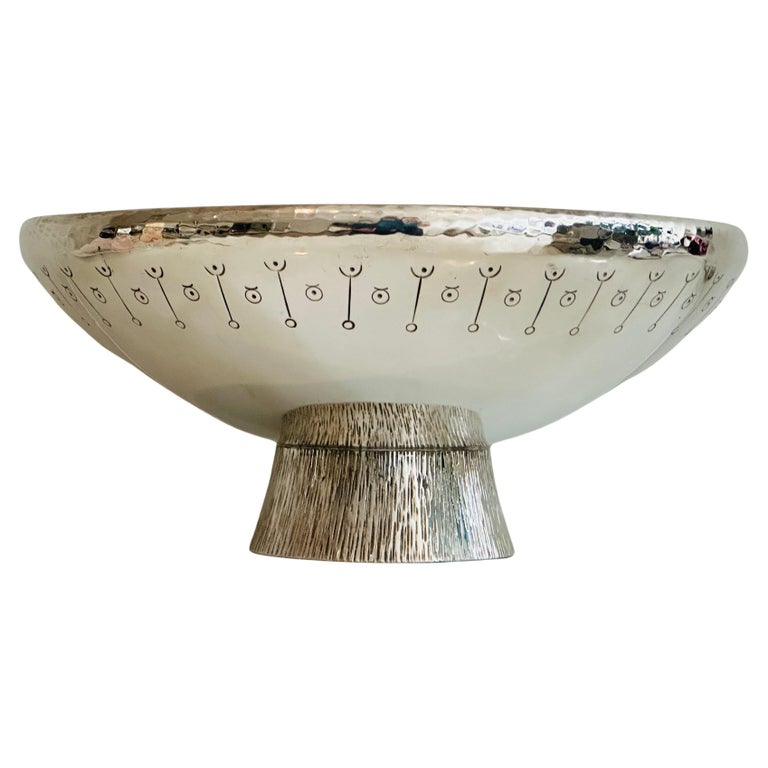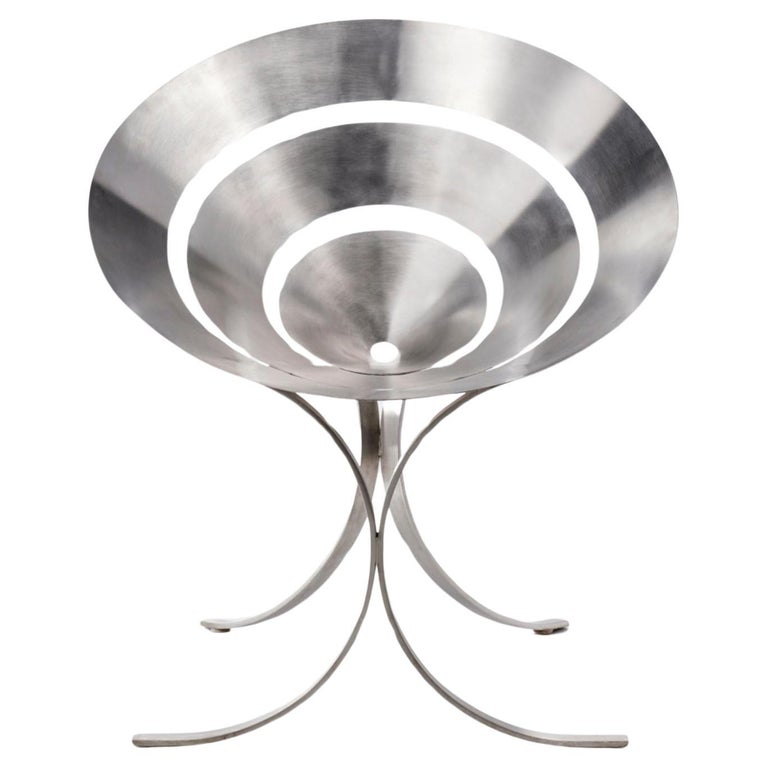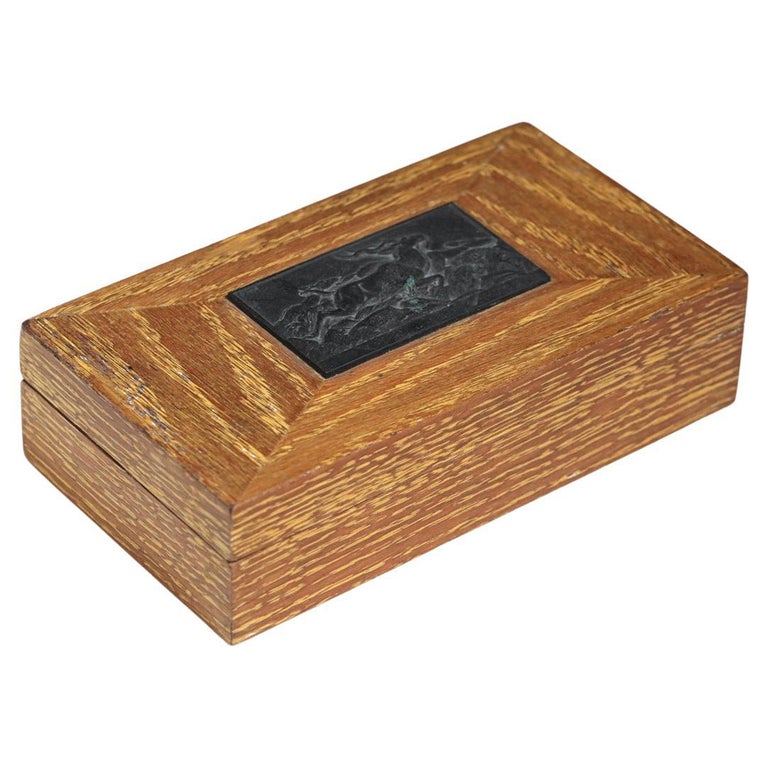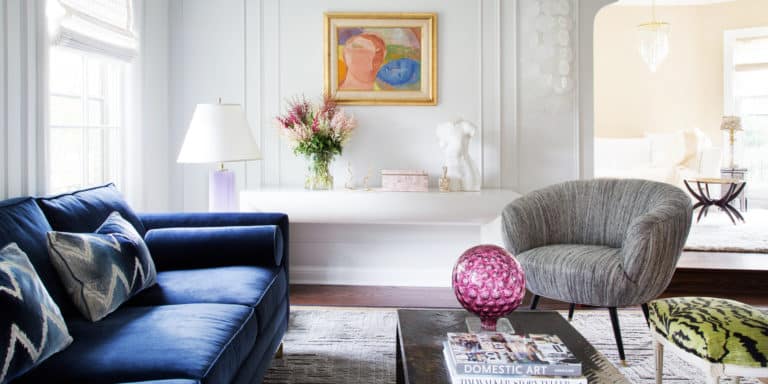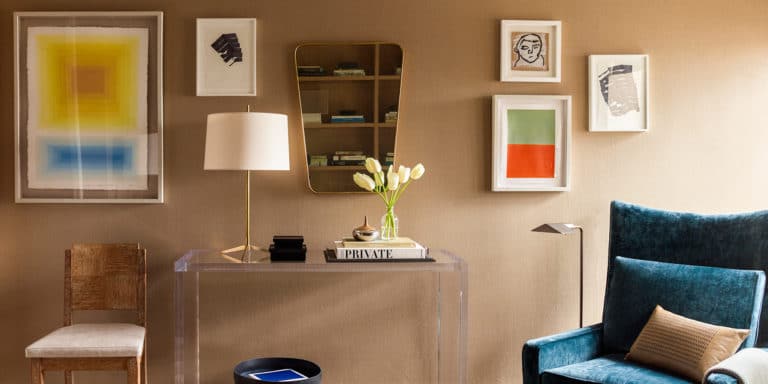May 19, 2024“Rooms tell you a lot about what they want to be,” says interior designer Alyssa Kapito. “When I walk into a room for the first time, I know exactly what I want to do.” Most of the time, anyway.
In the case of this Upper West Side prewar duplex that Kapito’s clients had just purchased for their family of six, that initial moment of clarity was sadly lacking.

“It was a very complicated space, broken up into a series of tiny rooms with beams and columns everywhere. The layout made no sense. Actually, it was a mess,” recalls Kapito, who’s amassed an impressive portfolio of projects, most in Manhattan’s toniest neighborhoods, eleven of which are collected in her self-titled monograph, published by Rizzoli.
Working as lead designer with Studio ST Architects, Kapito carried out a full-on gut renovation of the seven-bedroom space, rethinking the floor plan to suit a large, modern family and creating a graceful new staircase and extensive custom rift-oak millwork. There’s also a grand kitchen with stainless-steel drawers and a long marble counter, which Kapito dreamed up at the behest of one of the homeowners, a professional chef. The yearlong renovation transformed the former rabbit warren into an elegant, gallery-like setting for a significant collection of mostly 20th-century European furnishings, not a clichéd or otherwise predictable piece among them.

About 70 percent of the furnishings in the apartment are vintage, Kapito says, and since the homeowners are repeat clients — she did their previous Manhattan residence as well as their Bellport, Long Island, beach house — they’re all very much on the same wavelength when it comes to collecting.
There are a Jean Prouvé daybed and an inviting petite lounge chair in a mid-century-modern style in the living room, chairs by Charlotte Perriand in the dining room and a set of 1950s teak Medea chairs by Vittorio Nobili around a table from Knoll in the kitchen. Together, these pieces help create a quietly luxurious atmosphere of soft textures and warm woods.


Kapito used a resolutely neutral backdrop of warm ivories — one of her signatures — to ensure that the vintage pieces, many found on 1stDibs, stand out in high, but not stark, relief. “For me, white is very harsh,” she says. “I prefer a softer palette for antiques.”
As for the home’s contemporary and custom pieces — such as the free-form sculpted-marble coffee table and pair of upholstered armchairs in the living room, the latter designed by Kapito — she chose each of them to blend seamlessly with the period ones.

Kapito honed her sense of color, scale and proportion at Columbia University, where she majored in art history and then earned a masters in renaissance art. Along the way, she became fascinated with the writings of Leonardo da Vinci, particularly those first published in modern form in 1817 as A Treatise on Painting. “Leonardo wrote the first how-to book on painting,” Kapito says. “He showed that painting was not an accidental craft, that tremendous thought and precision goes into what you want to create. He approached painting the way I approach design.”
Kapito spent three summers during college interning in the decorative arts departments at Sotheby’s and Christie’s, where she found herself drawn to French masters of the Art Deco era. She later curated sale preview exhibitions for both auction houses, pivoting to interiors in a post-college job in the office of legendary designer Bunny Williams. She founded her eponymous firm in 2012.


But her eye for design had begun to develop long before all that. As an art-obsessed kid growing up in Connecticut, she traipsed around antiques stores and markets with her mother, “who,” she writes in the book’s dedication, “taught me how to see beauty everywhere.”
“My mom is a lawyer with a passion for art, fashion and interiors, though her taste is very different from mine — old-world and chintz,” Kapito tells Introspective. “She let me explore. I would roam the aisles of antiques warehouses, and there was a point at which I began to realize, ‘This is something significant.’ ”

Kapito seems to enjoy nothing more than ferreting out rarely seen vintage furnishings. She says she finds it uninteresting to “walk into a room and be able to identify everything in it.” Key to her design process is what she refers to in her book’s introduction as the task of editing.
“Each piece is very important to the completion of a space,” she says. “I’m actually a bit of a minimalist in that regard.”



